The game plan for sucklers was revealed in Thomond Park on Tuesday and Minister for Agriculture Charlie McConalogue ruled out an option to compensate suckler farmers to get out of or reduce suckler cow numbers.
He left it as an option for the Food Vision Dairy Group to consider, further suggesting there was some support for it from the dairy stakeholders. So, in essence, rather than accelerate a stock number reduction to meet the legally binding greenhouse gas reductions by taking cows out of the system, the minister has, despite advice to the contrary, decided to take this option off the table having included it in the Climate Action Plan published on 21 December.
Prior to attending the IFA Climate Summit on Tuesday, the minister had clearly been advised that some suckler farmers considering an exit were waiting to see what compensation package he was going to announce. Now that he has said no such package will be forthcoming, you would expect the slow demise trend of the suckler herd will continue.
It is crystal clear the policy and schemes intentionally being used instead to reduce livestock numbers will now intensify land price pressure in the leasing and sales market. Policy and schemes such as organics, ACRES, and rewetting will further lower suckler numbers.
The minister seems prepared to allow market economics dictate the pattern of change. This leaves the door open for the profitable grass-based dairy enterprises. The dairy sector is now being forced to search for more land, not necessarily required, due to tightening broad brushstroke environmental restrictions such as nitrates banding, new slurry export rules and lowering derogation thresholds.
Land war
So while farmers are fighting with each other for small plots of land, we are seeing large overseas investment funds establishing a foothold in Irish forestry land. This land war has sparked a huge debate in rural Ireland. Not alone is it about land ownership, but also that premiums and grant aid supposedly aimed at supporting Irish farmers are now leaving the country. We’ll return to this topic at a later date.
So where does all this leave us in the climate debate? Head of grassland and animal research in Teagasc Dr Laurence Shalloo suggested the science is catching up on policy, but there is a bit to go yet. Mary Francis Rochford from the Environmental Protection Agency said the regulators will take nothing into account without peer-reviewed, multinational science, over a prolonged period that is applicable at farm level in Ireland. So the science solutions and timelines are against us meeting the legally binding targets on time.
Speaking after the minister took suckler compensation off the table, Teagasc director Dr Frank O’Mara said taking 25% of carbon out of what is already a carbon-efficient system is difficult. He said the technology is not there at present to meet this target.
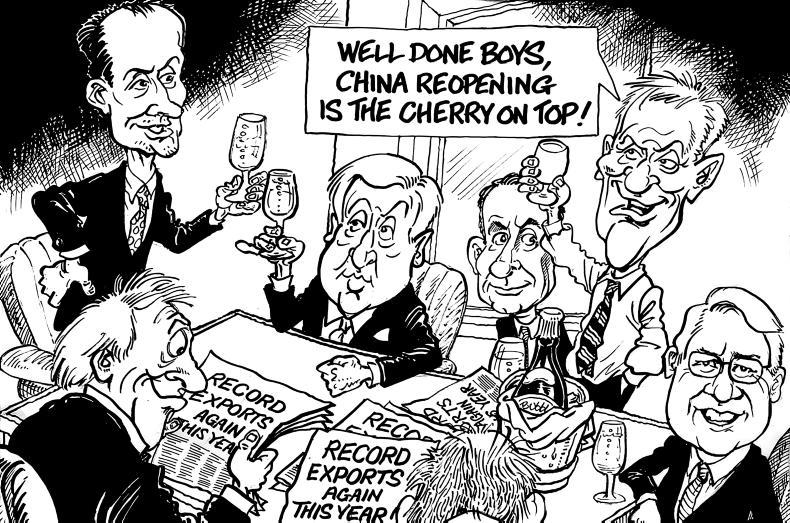
Prof Thia Hennessy from UCC, who chaired the Food Vision beef and sheep grouping, was of the same opinion. She said based on all the available science, and now that the reduction schemes were not an option, it would be an enormous challenge. Her work published last November detailed a menu of environmental savings and concluded the stock reduction schemes were necessary.
Frustrating
The frustrating part for farmers is that despite the minister repeatedly calling them brave for the decisions that they take, the difficult memories of recent forays into miscanthus, forestry disasters such as ash dieback, and failure to deliver a premium market for organic produce bites harder on farmer livelihoods than unsubstantiated ambition. Inflation-adjusted CAP payments for the suckler and sheep sector continue to fall, making them more uncompetitive.
Very clearly more money needs to be invested in fast tracking the science. Very clearly the minister needs to find money to bring forward options such as genotyping that can help future-proof the beef production system and underpin the €16.7bn of record output announced by Bord Bia this week.
The game continues. The minister has tossed the ball back to the farm organisations and the Food Vision stakeholder groupings.





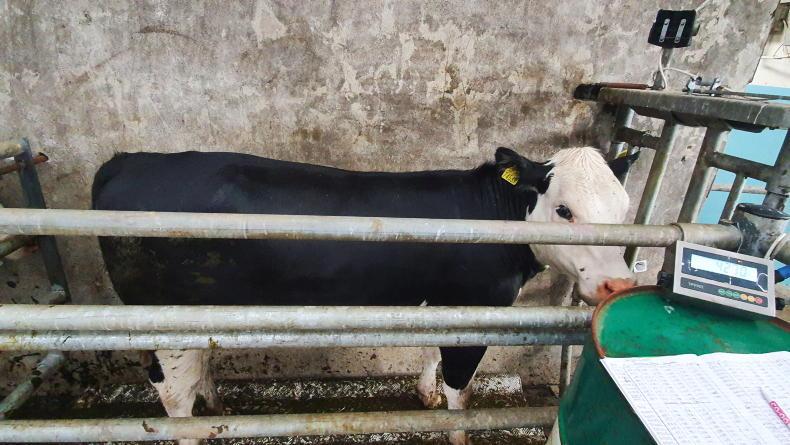

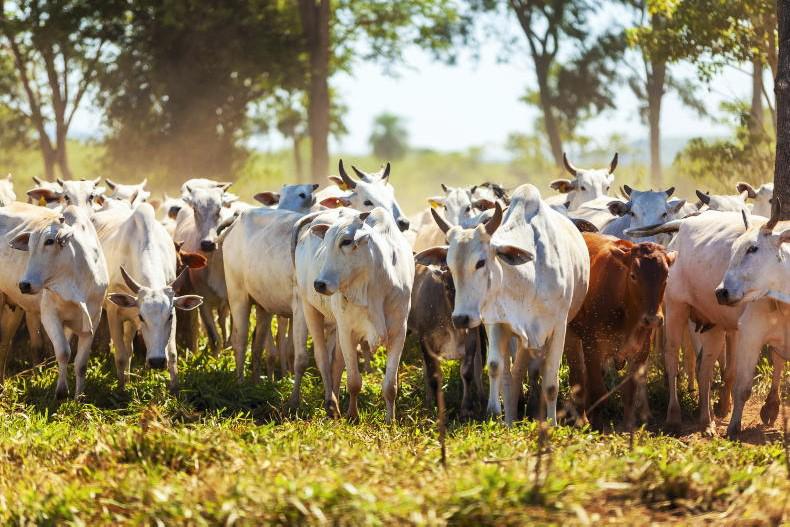
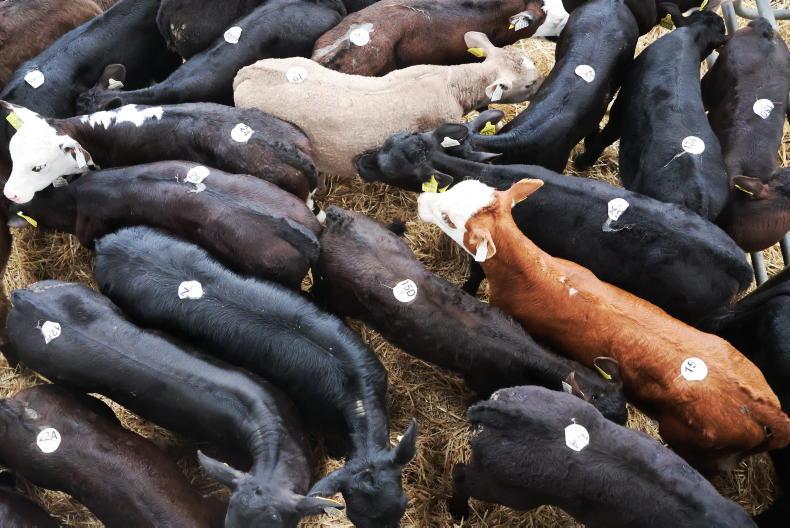
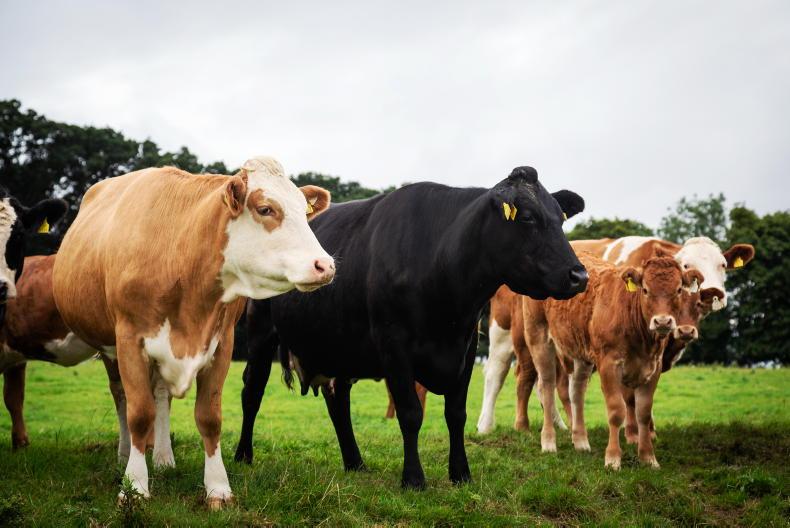
SHARING OPTIONS